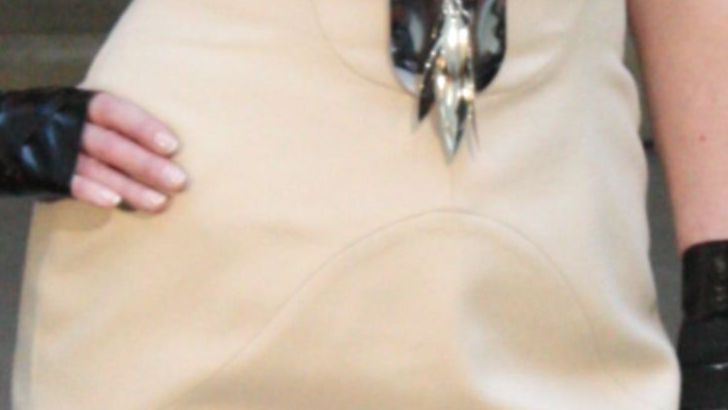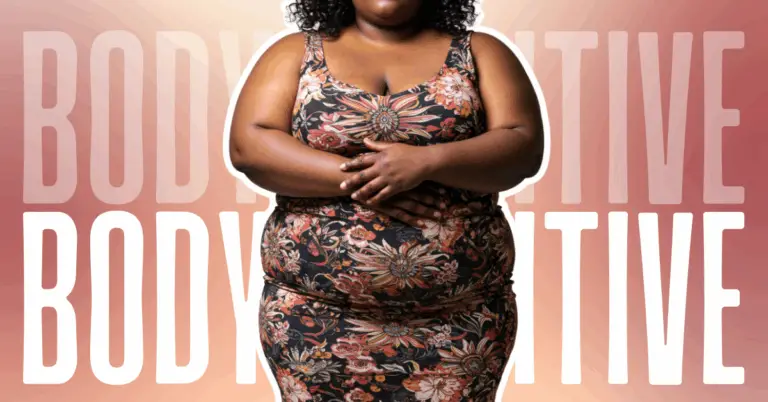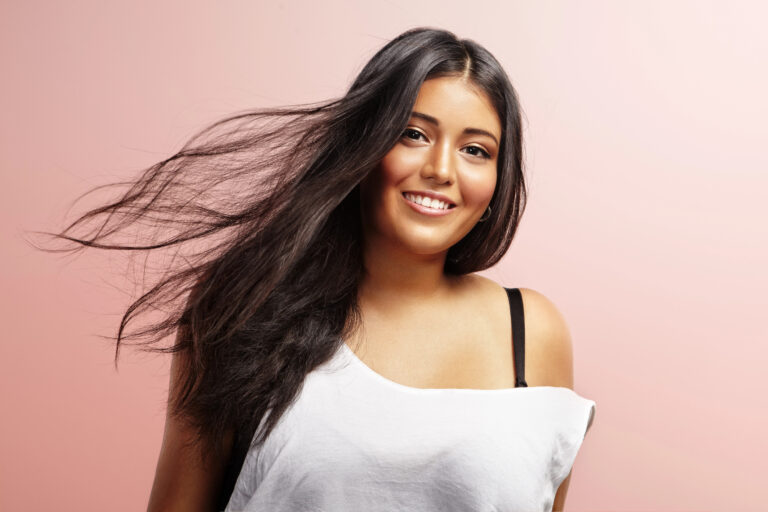Black is Always the Most Slimming Color
Fashion stylists and body image researchers are finally debunking the age-old belief that black automatically makes everyone look thinner. According to a 2024 study published in the Journal of Fashion Psychology, wearing colors that complement your skin tone actually creates a more flattering silhouette than defaulting to black. Deep jewel tones like emerald, sapphire, and burgundy can be just as slimming while adding personality to your look. The key lies in understanding how different colors interact with your natural coloring rather than assuming one shade works universally.
Horizontal Stripes Make You Look Wider
This outdated rule has been thoroughly challenged by contemporary fashion research and real-world styling evidence. A comprehensive analysis by the Fashion Institute of Technology in 2023 revealed that horizontal stripes can actually create visual interest and draw attention to your best features when styled correctly. The width and spacing of stripes matter more than their direction, with medium-width stripes proving most flattering across different body types. Many curvy celebrities and influencers have embraced horizontal stripes as a staple, proving that confidence and proper fit trump arbitrary rules.
Tight Clothes Always Look Unflattering on Curves
The misconception that loose-fitting clothes are universally more flattering has led many women to hide their natural shape unnecessarily. Research from the International Association of Image Consultants shows that well-fitted clothing that follows your body’s natural lines creates the most polished appearance. The problem isn’t tightness itself but rather ill-fitting garments that create unwanted bulges or restrict movement. Modern fabric technology has also revolutionized how we think about fitted clothing, with stretch materials offering both comfort and style.
You Can’t Wear Crop Tops with Curves
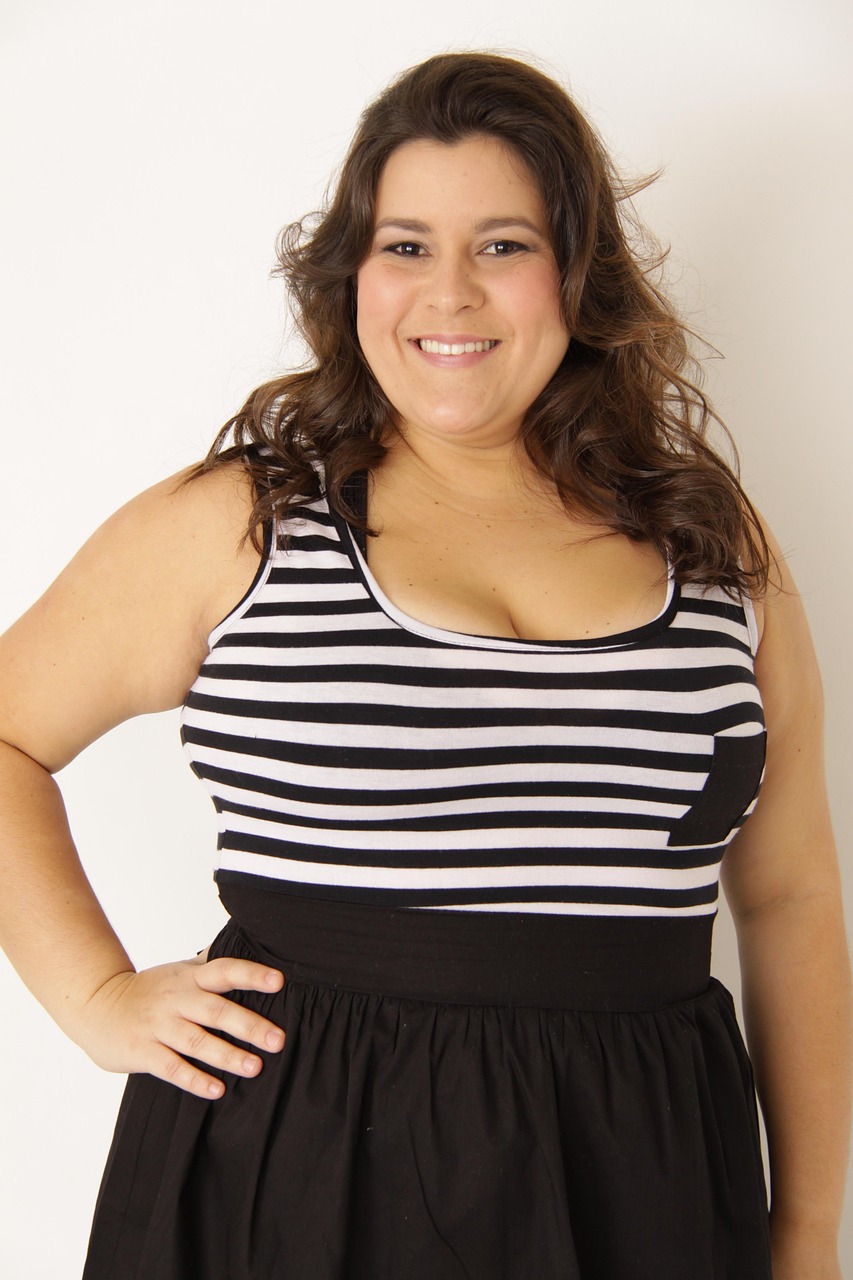
This limiting belief has been thoroughly debunked by body-positive fashion movements and styling experts worldwide. Fashion blogger and stylist Nicolette Mason conducted a year-long study documenting how different crop top styles work with various body shapes, finding that strategic styling makes this trend accessible to everyone. High-waisted bottoms paired with cropped tops create an elegant silhouette that celebrates rather than hides curves. The key is choosing the right proportions and feeling confident in your styling choices rather than avoiding entire categories of clothing.
Belts Should Only Be Worn at the Smallest Part of Your Waist

Traditional styling rules insisted that belts must always cinch at the natural waistline, but modern fashion has embraced more creative approaches. A 2023 survey by Style Magazine found that nearly sixty percent of fashion stylists now recommend experimenting with belt placement to create different silhouettes. Hip belts, empire waist positioning, and even asymmetrical belt styling can create stunning looks that flatter curvy figures. The most important factor is ensuring the belt complements your overall proportions rather than following rigid placement rules.
Patterns and Prints Should Be Avoided
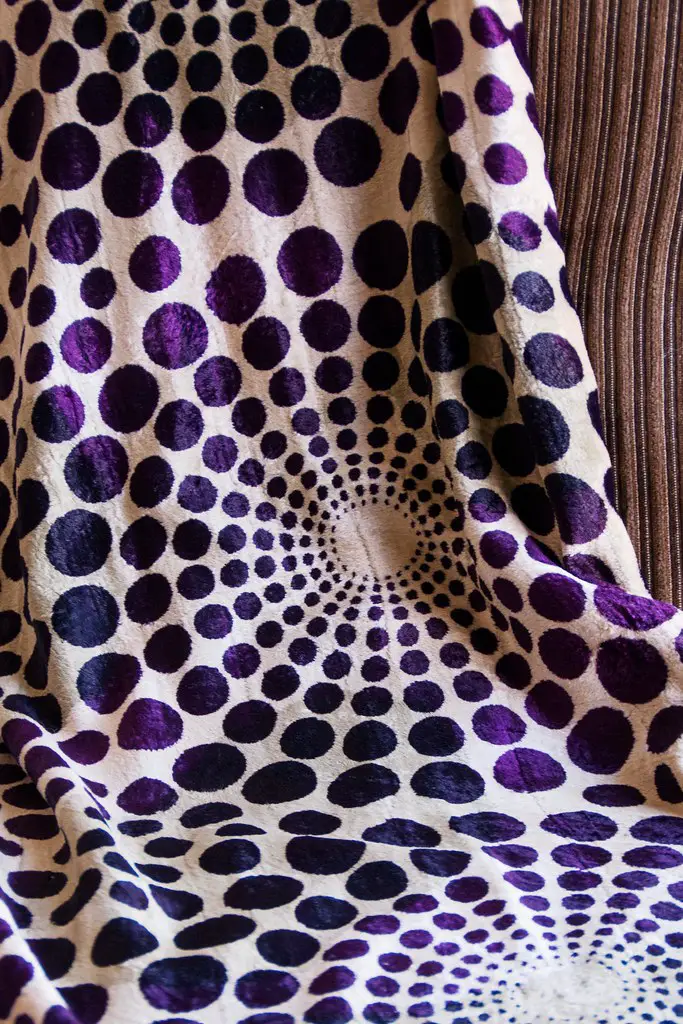
The fear of patterns stems from outdated advice that suggested busy prints would overwhelm curvier silhouettes. However, fashion psychology research from 2024 indicates that patterns can actually enhance your natural shape when chosen thoughtfully. Large-scale prints, geometric designs, and even florals can create beautiful focal points and express personal style without any negative visual impact. The secret lies in selecting patterns that you genuinely love and feel confident wearing, as this confidence translates into overall attractiveness.
You Need Special “Plus-Size” Styling Rules
The fashion industry’s segregation of styling advice based on size has created unnecessary limitations and confusion. Recent inclusivity studies show that fundamental style principles apply across all body sizes, with individual body shape and personal preference being more important factors than overall size. Many mainstream fashion rules work beautifully for curvy figures without modification, and the concept of separate styling categories often reinforces harmful stereotypes. The most successful styling approach focuses on individual body geometry rather than size-based assumptions.
Layering Makes You Look Bigger
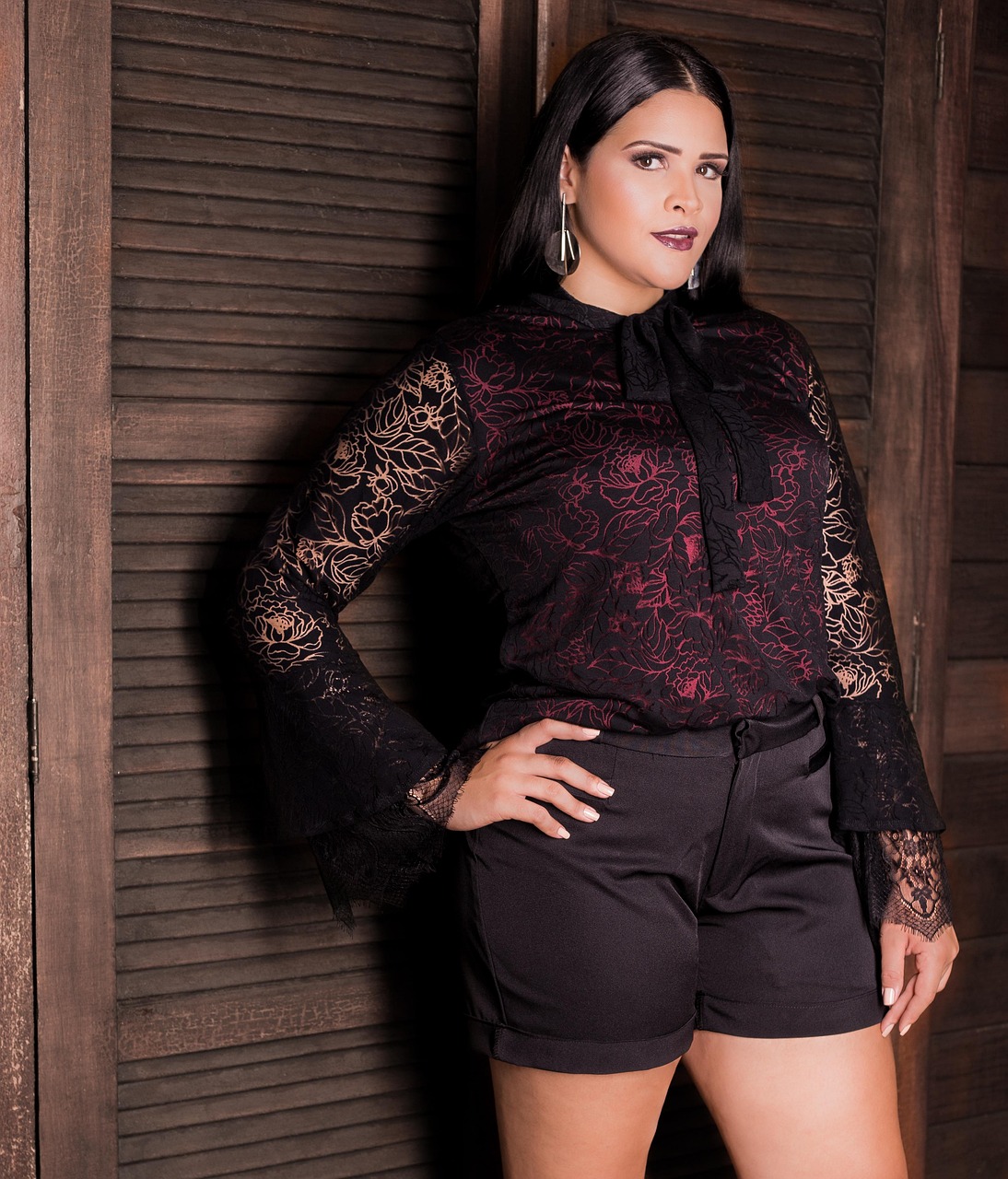
This myth has prevented many women from exploring the versatility and sophistication that layering can bring to their wardrobes. Fashion styling research from the European Fashion Council demonstrates that strategic layering can actually create more refined silhouettes than single-layer outfits. The key lies in choosing different textures, lengths, and weights that complement rather than compete with each other. Lightweight cardigans, structured blazers, and flowing kimonos can add dimension and interest without adding bulk when styled thoughtfully.
You Should Hide Your Arms
The outdated advice to always cover upper arms has created unnecessary self-consciousness and limited clothing options for many women. Body image researchers at Columbia University found that women who embrace sleeveless styles report higher confidence levels and greater satisfaction with their overall appearance. Modern fashion offers countless beautiful sleeveless options, from structured tank tops to elegant sleeveless dresses that celebrate rather than hide natural body shapes. The focus should be on choosing styles that make you feel empowered rather than following restrictive coverage rules.
Bold Accessories Will Overwhelm Your Look
This conservative approach to accessories has prevented many curvy women from fully expressing their personal style through jewelry, bags, and other statement pieces. Fashion accessory studies from 2024 reveal that bold accessories can actually enhance and balance curvy silhouettes when chosen with intention. Statement necklaces, oversized earrings, and structured handbags can create focal points that complement your overall look rather than competing with it. The key is selecting pieces that reflect your personality while maintaining visual harmony with your outfit choices.
Tucking in Tops Always Creates Unflattering Lines
The blanket rule against tucking in tops has limited many styling possibilities and created unnecessary wardrobe restrictions. Contemporary styling experts have identified numerous tucking techniques that work beautifully with curves, from the classic full tuck to more modern partial and side tucks. Research by fashion stylists shows that proper tucking can actually enhance your natural waistline and create more polished, put-together looks. The secret lies in choosing the right combination of top and bottom styles rather than avoiding the technique entirely.
You Can’t Wear White or Light Colors
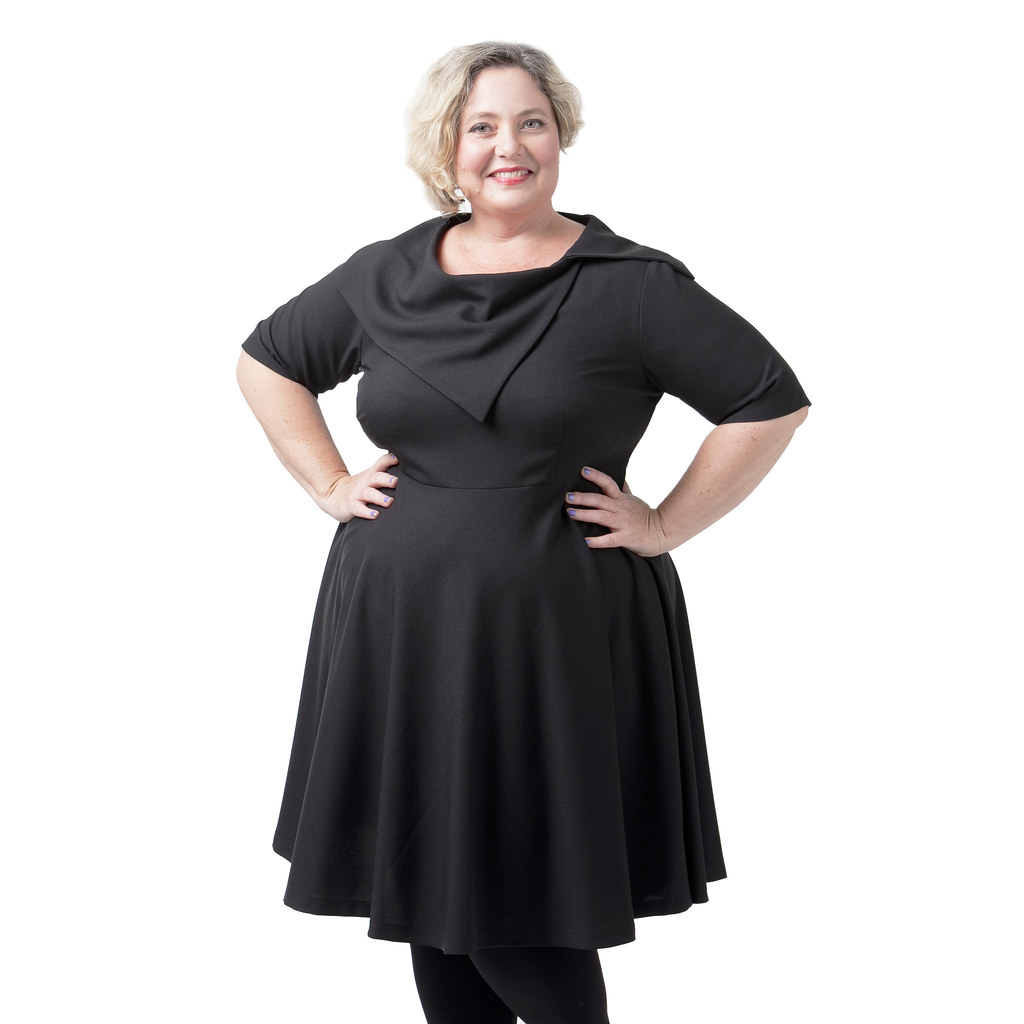
The fear of light colors stems from misguided beliefs about what makes people appear larger or smaller, but color psychology research tells a different story. A comprehensive study by the Fashion Color Institute found that wearing colors you love and feel confident in creates more positive visual impact than following arbitrary color restrictions. White and light colors can be incredibly fresh and sophisticated when chosen in flattering cuts and styled with confidence. The focus should be on finding shades that complement your skin tone rather than avoiding entire color families based on outdated rules.
Breaking Free from Outdated Fashion Rules
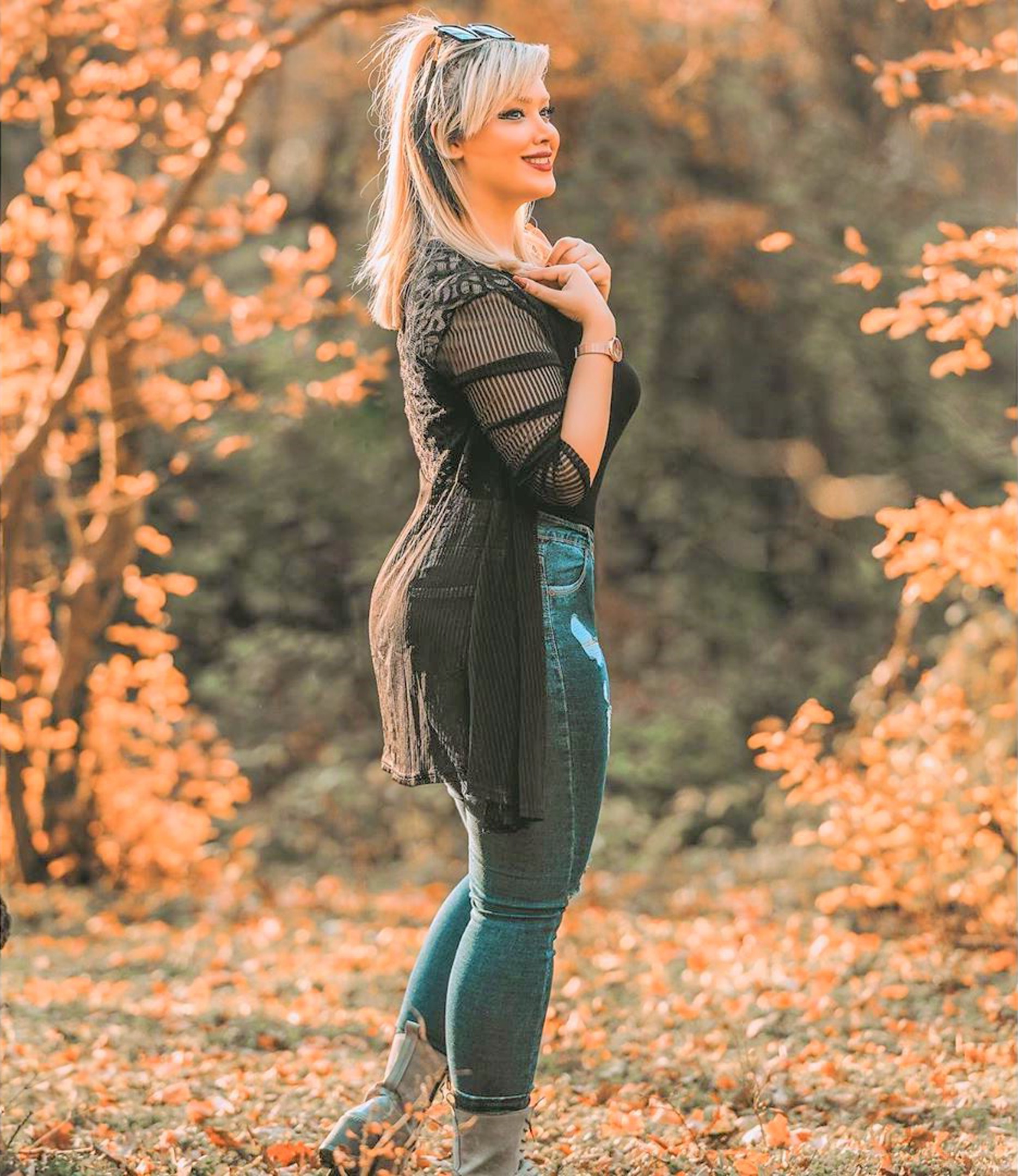
The fashion landscape has evolved dramatically, with body positivity movements and inclusive design challenging many long-held styling myths. Research consistently shows that confidence and personal style expression create more positive visual impact than following restrictive rules based on body size or shape. The most successful approach to dressing curves involves understanding your individual preferences, experimenting with different styles, and choosing pieces that make you feel authentically yourself. Fashion should enhance your life and self-expression rather than limit your choices through outdated and often harmful stereotypes.

